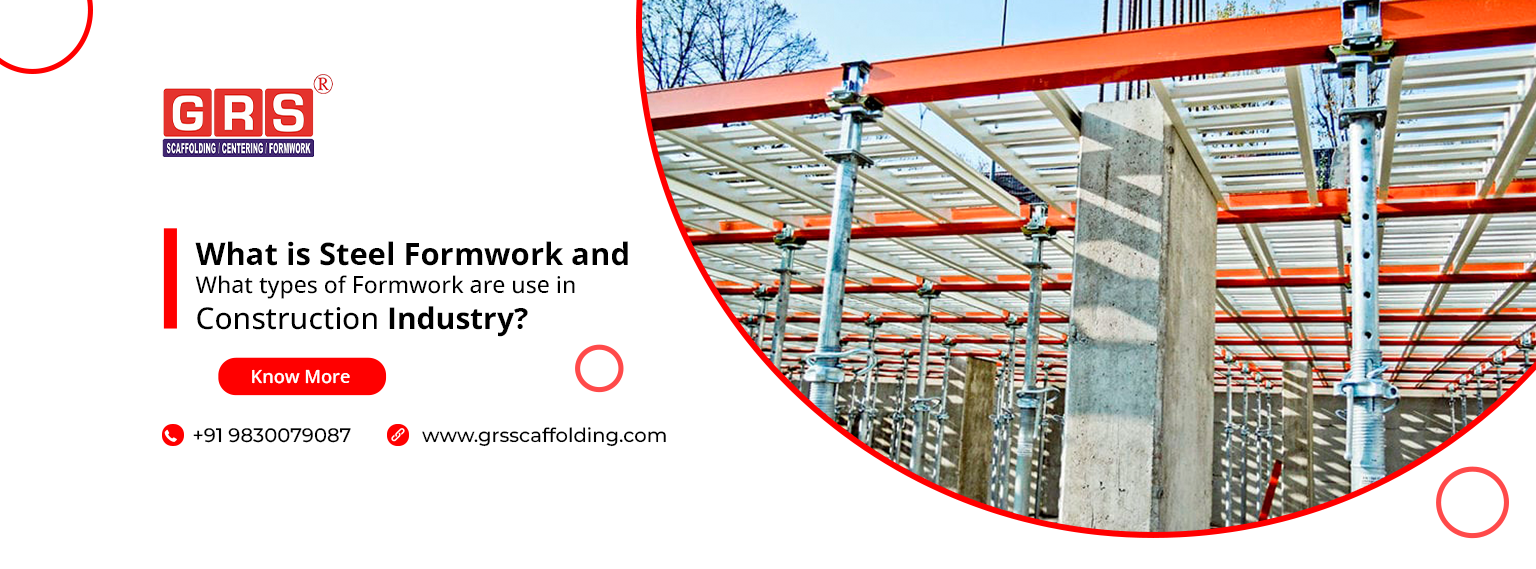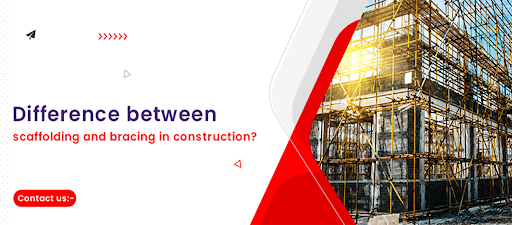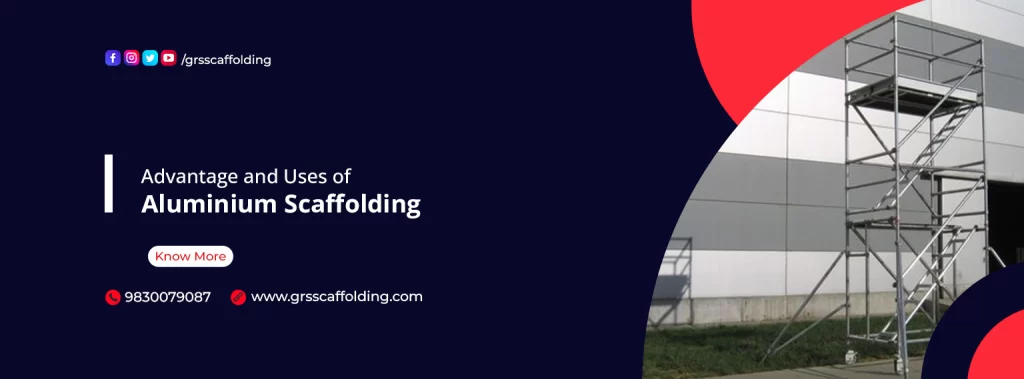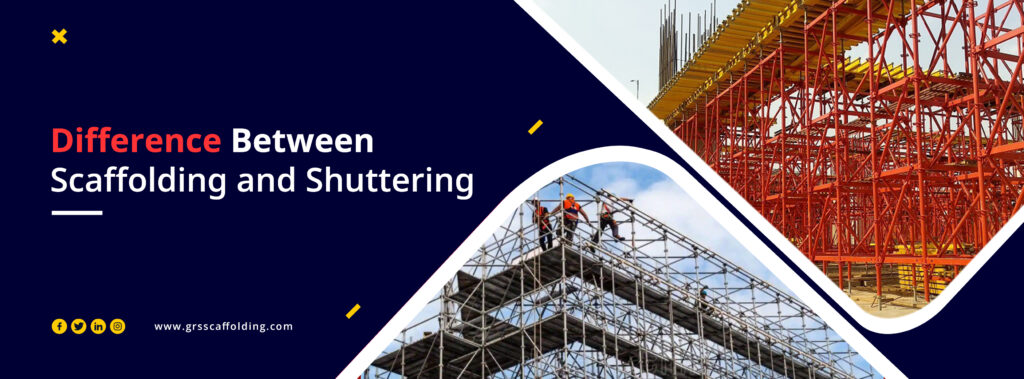In Construction Industry different types of Formwork and it is most important parts of any construction. A building project is never be complete without a formwork because it is the essential component responsible for giving the concrete its desired shape using a temporary mould It is easy to install and UN install and time management structure for small and big construction work. If you are working on big project and here you to gather more information regarding fromwork (Steel Formwork) then this is the right path for you.
What is Steel Formwork?
A Steel Formwork is the most popular material that can be used in a construction project. The majority of constructors prefer it. Although it is very pricey, it can be used more frequently than other items. Additionally, steel is a very safe and sturdy material for use in large-scale construction projects.
Types of Formwork are use in Construction Industry
Steel Formwork
The builders must employ steel formwork or, in certain circumstances, plywood formwork to construct all of those concrete shapes. Formwork is a temporary framework that allows concrete to be poured and fastened while it cures. Large steel plates are fastened together with bars and couplings known as falsework in steel formwork. Because steel does not flex, warp, or otherwise become malformed during the concrete curing process, it is a suitable choice for builders.
Aluminium Formwark
Aluminium formwork is a temporary structure used in the construction industry to shape the concrete framework of a building. Other building professions, such as steel reinforcement, concrete installation, and mechanical and electrical conduits, use it as a scheduling and control system. Aluminium Formwork is perfect for load-bearing wall construction because it can withstand the high pressures of freshly poured concrete. This formwork system is versatile, lightweight, and easy to set up, making it a cost-effective option that consistently provides high-quality results.
Timber Formwork –
In all categories of formwork, timber formwork is the most commonly employed in building. It can fabricate the appropriate form and size on-site. It is simple to utilise in any building, but it may take a long time to complete major projects. The longevity of plywood formwork is limited. Timber shuttering is a low-cost, easy-to-operate shuttering option. It can be cut into any shape or size and connected together.
Plywood Formwork –
Plywood formwork is a low-cost, long-lasting, and environmentally friendly technology for producing a high-quality concrete cast surface. It’s made by layering the three specifically prepared layers on top of each other. Wherever a wide area needs to be coated with a light and durable material, plywood formwork can be used. It is particularly well suited to moulds for pouring concrete in structures.
Advantage of Using Steel Formwork in Construction Industry
Steel shuttering is made of thin steel plates that are attached to small steel angles around the edges. It is a more secure formwork that are fixed with suitable clamp or bolts and nuts. The most important aspect of construction in the majority of bridge construction projects is steel shuttering.
Advantage of Steel Fromwork
- Steel formwork are very strong so it is able to carry heavy load on it.
- Steel formwork are easy to fixed.
- Steel formwork have uniform size and surface.
- Steel formwork can be used for a very long period of time.
Final Words
Steel Formwork is the most essential products for any construction work today and as top manufacturer and suppliers of steel Formwork, We offer best quality of Steel Formwork at best market price. We fast shipping facilities and fast shipping facilities country wide.



